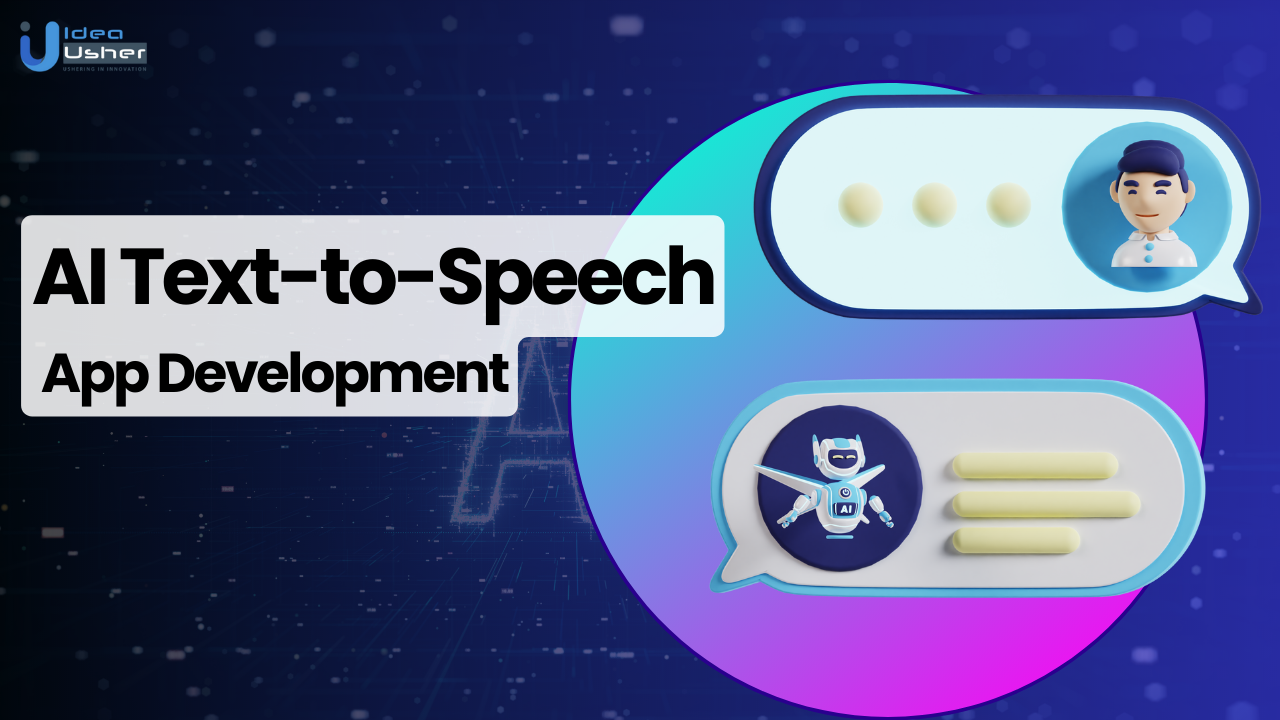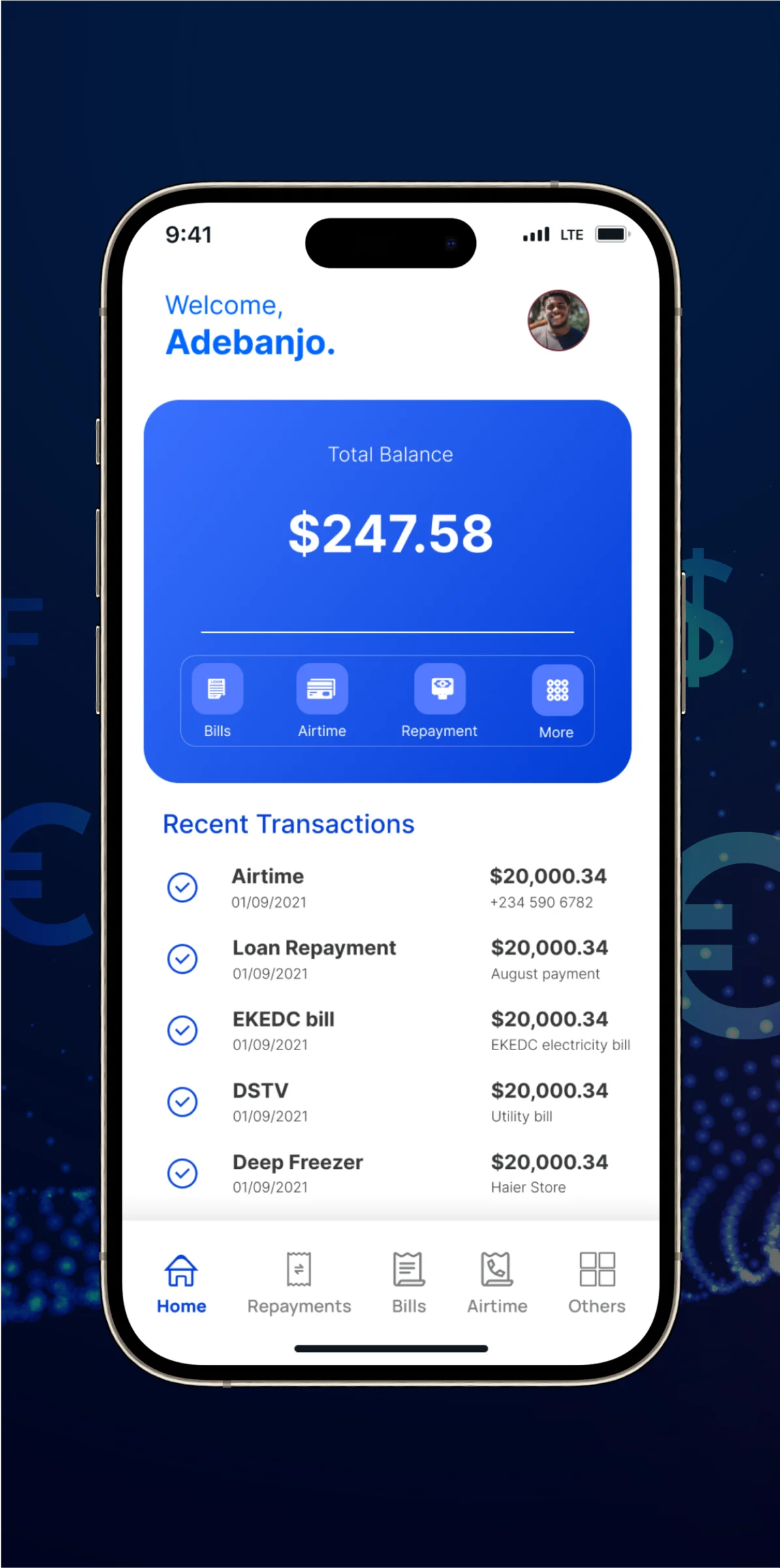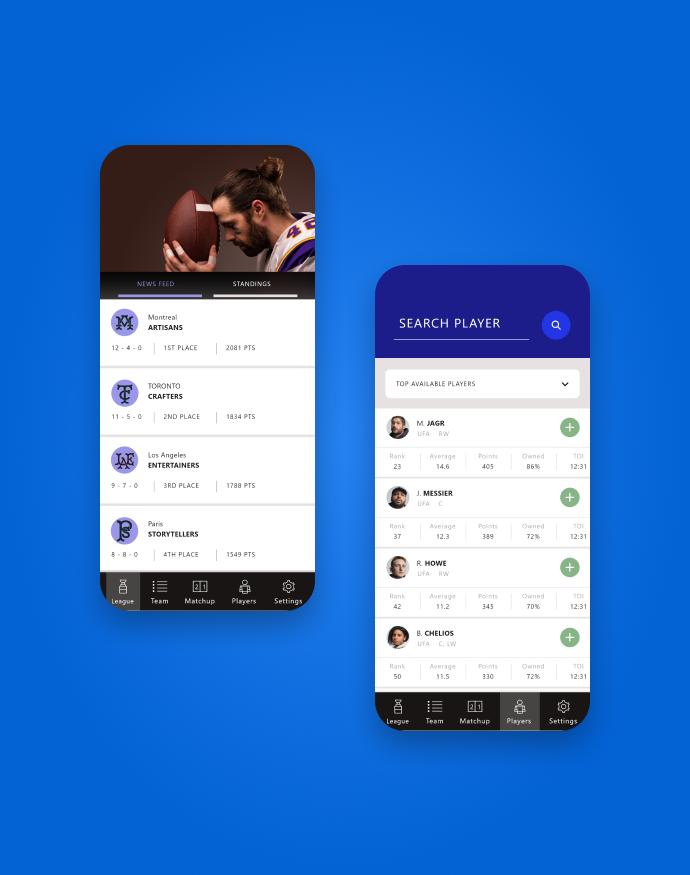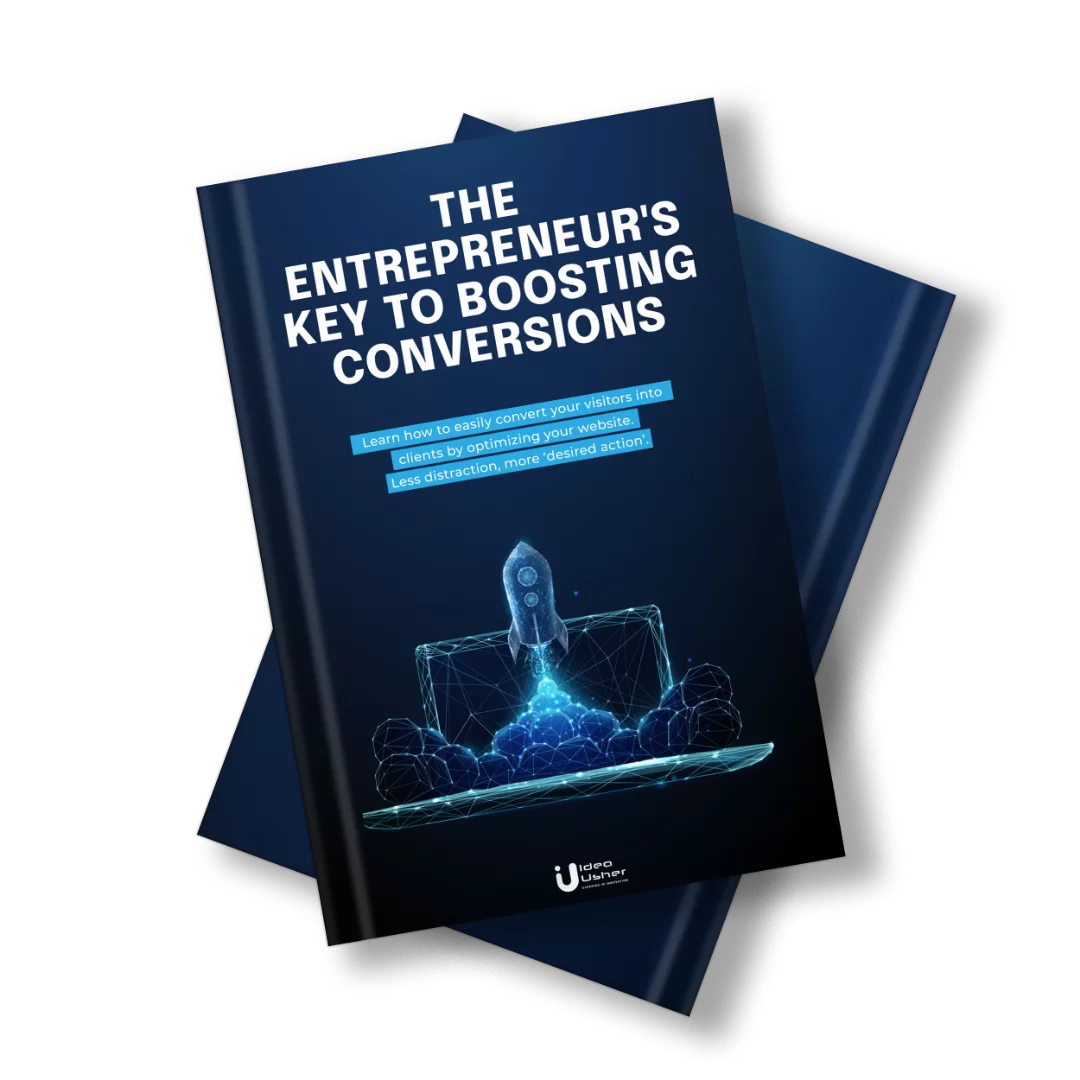- What Is an AI Text-to-Speech App?
- How Does an AI Text-to-Speech App Work?
- AI Text to Speech App Market Takeaways
- Must-Have Features for an AI Text to Speech App
- Step-by-Step Guide to AI Text to Speech App Development
- Factors Affecting the Cost of AI Text to Speech App Development
- Essential Tech Stack Needed for AI Text to Speech App Development
- Top 5 AI Text to Speech Apps in the Market
- Conclusion
- Frequently Asked Questions

AI Text-to-Speech (TTS) app development is revolutionizing the way we interact with technology and consume information. This groundbreaking technology utilizes artificial intelligence to convert written text into natural-sounding speech, offering a seamless and immersive reading experience for users.
From enhancing accessibility for individuals with visual impairments to providing multilingual support and personalized voice assistance, AI TTS apps have found applications in various industries and use cases.
In this blog, we will delve into the world of AI Text-to-Speech app development, exploring the underlying technologies, methods, and factors that make these applications not only possible but also highly efficient. Join us as we uncover the fascinating journey of AI TTS app development and its potential to reshape the future of communication and information accessibility.
- What Is an AI Text-to-Speech App?
- How Does an AI Text-to-Speech App Work?
- AI Text to Speech App Market Takeaways
- Must-Have Features for an AI Text to Speech App
- Step-by-Step Guide to AI Text to Speech App Development
- Factors Affecting the Cost of AI Text to Speech App Development
- Essential Tech Stack Needed for AI Text to Speech App Development
- Top 5 AI Text to Speech Apps in the Market
- Conclusion
- Frequently Asked Questions
What Is an AI Text-to-Speech App?
An AI Text-to-Speech app is an innovative technology that utilises artificial intelligence to convert written text into natural-sounding speech. This application is designed to enhance accessibility and convenience by enabling users to listen to textual content without the need for manual reading. The AI behind the app employs advanced algorithms and deep learning models to understand the structure of the input text and generate human-like speech patterns with proper intonation, rhythm, and pronunciation.
Users can simply input any text, such as articles, documents, or messages, and the app swiftly processes the information, delivering an audio output that closely resembles authentic human speech. With its ability to support multiple languages and accents, an AI Text-to-Speech app has become an indispensable tool for individuals with visual impairments, language learners, or anyone seeking a more immersive and hands-free reading experience.
How Does an AI Text-to-Speech App Work?
Let’s dive into the fascinating inner workings of this transformative application.
Text Preprocessing:
The process begins with text preprocessing. The input text is cleaned, formatted, and tokenized into smaller units, such as words or phonemes, which the AI can understand and process efficiently. Punctuation, capitalization, and other linguistic elements are also taken into account to ensure proper pronunciation and intonation during speech synthesis.
Linguistic Analysis:
Next, the app performs linguistic analysis on the processed text. This involves identifying parts of speech, sentence structure, and syntactical patterns. The AI leverages natural language processing (NLP) techniques to grasp the context and meaning of the text, aiding in the creation of coherent and contextually appropriate speech.
Acoustic and Prosodic Models:
To generate human-like speech, an AI Text-to-Speech app employs acoustic and prosodic models. Acoustic models map linguistic features to acoustic characteristics, determining the sound of each phoneme. Prosodic models add rhythm, stress, and intonation to the speech, making it sound more natural and expressive.
Neural Networks and Deep Learning:
Deep learning plays a pivotal role in the functioning of AI Text-to-Speech apps. Neural networks, particularly Recurrent Neural Networks (RNNs) and Long Short-Term Memory (LSTM) networks, are widely used to model the complex relationships between linguistic features and their corresponding acoustic representations.
Training with Datasets:
Before an AI Text-to-Speech app can become proficient, it undergoes extensive training using vast datasets of text and corresponding audio. These datasets help the AI learn the intricacies of language, accents, and pronunciation, enabling it to generate more accurate and human-like speech.
User Customization:
Many advanced AI Text-to-Speech apps offer user customization options. Users can select different voices, adjust speaking speed, or choose specific accents to suit their preferences. Some apps even allow users to train the AI with their voice, creating a more personalized and unique speech experience.
Real-Time Synthesis:
Once trained, the AI can perform real-time synthesis. Users input text, and the app processes it swiftly through the linguistic and acoustic models, generating an audio output that simulates natural speech patterns. The result is a fluid and seamless conversion of written text into spoken words.
Multilingual Support:
To cater to a global audience, many AI Text-to-Speech apps offer multilingual support. The AI is trained on diverse languages, enabling it to read content in different tongues with accurate pronunciation and intonation.
AI Text to Speech App Market Takeaways
The recent report on the GLOBE NEWSWIRE presents a promising outlook for the AI Text-to-Speech (TTS) app development industry. With a market size valued at approximately USD 1,210 million in 2022 and projected to reach an impressive USD 4,889 million by 2032, the sector is experiencing substantial growth. This remarkable expansion is driven by a compound annual growth rate (CAGR) of slightly above 15.40% between 2023 and 2032, highlighting the increasing demand for AI-powered voice synthesis solutions. The rising adoption of AI TTS applications across various sectors, including accessibility, language learning, e-learning, entertainment, and voice assistance, is one of the primary factors fueling this market surge.
The scope of developing AI Text-to-Speech apps is vast and holds immense potential for innovation and business opportunities. As the demand for voice-enabled technologies continues to rise, developers have a unique chance to tap into a dynamic and rapidly evolving market. Creating AI TTS apps opens doors to cater to diverse user needs, such as providing visually impaired individuals with accessibility tools, delivering personalized language learning experiences, and enhancing user engagement in digital content consumption.
Must-Have Features for an AI Text to Speech App
With the growing popularity of TTS apps, it’s essential to understand the key features that make them truly effective and user-friendly. Let’s explore the must-have features that elevate an AI Text-to-Speech app to a whole new level:
Natural-sounding voices:
The hallmark of a top-notch TTS app lies in its ability to produce lifelike and expressive voices. The AI models behind the app should be trained on vast datasets to accurately replicate human speech, complete with proper intonation, rhythm, and pauses. Additionally, offering a diverse range of voices with different accents and genders can enhance the user experience and cater to a broader audience.
Multi-language support:
A truly versatile AI Text-to-Speech app must support multiple languages to cater to users from various linguistic backgrounds. This feature is especially valuable for language learners, travelers, and individuals seeking content in their native tongue. The app’s AI should be proficient in recognizing and accurately vocalizing the complexities of different languages to ensure an inclusive experience.
Customization options:
Personalization is a key aspect of any successful app. A high-quality TTS app should provide users with customization options to adjust the speed, pitch, and volume of the generated speech according to their preferences. Advanced users might also appreciate fine-tuning options to optimize the output for specific types of content or scenarios.
Pronunciation accuracy:
To provide an authentic reading experience, the TTS app must handle unusual words, abbreviations, acronyms, and domain-specific jargon with precision. An intelligent app should be capable of adapting to context-specific pronunciation and avoid misinterpretation of ambiguous terms.
Natural pausing and breath control:
Human speech is not a continuous stream of words; it involves natural pauses and breaths. An exceptional TTS app incorporates these natural breaks to make the speech sound more realistic and prevent the output from sounding monotonous.
Real-time text highlighting:
A useful feature that enhances comprehension is real-time text highlighting. As the app reads the text, it should highlight the words or sentences being spoken, consequently, making it easier for users to follow along with the audio.
Offline mode:
While internet connectivity has become ubiquitous, it’s crucial for an AI Text-to-Speech app to offer an offline mode. This feature ensures that users can access the app even in areas with limited or no internet access, thus, enhancing its reliability and usability.
Compatibility and integration:
Seamless integration with popular platforms and devices is another essential factor to consider. A well-designed TTS app should be compatible with various operating systems, web browsers, e-book readers, as well as productivity applications, consequently, making it effortlessly accessible across devices and platforms.
Step-by-Step Guide to AI Text to Speech App Development
Building an AI-driven TTS app can be an exciting endeavor, and in this step-by-step guide, we’ll walk you through the process of developing your very own AI Text-to-Speech app.
Step 1: Define the Objectives and Scope
Begin by outlining the objectives and scope of your AI Text-to-Speech app. Identify the target audience, key features, and platforms you wish to support (e.g., iOS, Android, web). Moreover, determine if the app will be used for general purposes, language learning, accessibility, or any other specific use case.
Step 2: Choose a Text-to-Speech Technology
Selecting the right Text-to-Speech technology is crucial for the success of your app. Therefore, consider using pre-existing TTS APIs or open-source libraries that leverage deep learning models to generate natural-sounding speech. Popular TTS engines include Google Text-to-Speech API, Amazon Polly, or Mozilla TTS. Moreover, you can train your custom TTS model using machine learning frameworks like TensorFlow or PyTorch.
Step 3: Gather Training Data
If you opt for training a custom TTS model, you’ll need a substantial dataset of text and corresponding speech samples. Therefore, ensure the data covers a wide range of language styles, accents, as well asd linguistic nuances to produce high-quality and diverse speech output.
Step 4: Prepare the Development Environment
Set up the development environment with the necessary tools and libraries. Depending on your chosen technology stack, this may include installing Python, deep learning frameworks, as well as relevant APIs. Familiarize yourself with the documentation of the TTS engine you’re using in order to understand its capabilities and integration process.
Step 5: Implement the TTS Model
If you’re training your own TTS model, start by preprocessing the text and audio data. Then, build and train the deep learning model using the chosen framework. Experiment with different architectures as well as hyperparameters to fine-tune the model for optimal performance. Once trained, save the model and prepare it for integration into the app.
Step 6: Develop the App Interface
Design an intuitive as well as user-friendly interface for your Text-to-Speech app. Keep the user experience in mind, thus, ensuring easy text input, language selection, as well as customization options for pitch, speed, and voice styles.
Step 7: Integrate the TTS Engine
Integrate the TTS engine or the custom-trained model into the app’s backend. Set up API calls or incorporate the model’s functionalities directly into the app’s codebase. Test the integration thoroughly to ensure smooth communication between the app as well as the TTS engine.
Step 8: Implement Additional Features
Consider adding extra features to enhance the app’s utility, such as language translation, text highlighting, and offline functionality. Additionally, optimize the app’s performance to handle varying network conditions and large text inputs efficiently.
Step 9: Perform Rigorous Testing
Conduct extensive testing to identify and fix any bugs, performance issues, or usability problems. Test the app on various devices and platforms to ensure cross-platform compatibility.
Step 10: Deploy and Monitor
Finally, deploy your AI Text-to-Speech app to the chosen app stores or web servers. Continuously monitor user feedback and app performance to make necessary updates and improvements over time.
Factors Affecting the Cost of AI Text to Speech App Development
Let’s explore these factors in detail to gain a better understanding of the financial considerations associated with building an AI Text-to-Speech app.
Functionality and Features
The complexity and range of features you wish to incorporate into the AI TTS app play a major role in determining the cost. Moreover, Basic TTS functionality with limited customization options might be relatively affordable, while advanced features such as multilingual support, natural language processing, and voice conversion capabilities will increase development costs.
Choice of Technology
The technology stack you opt for can significantly impact the overall cost. Using pre-existing TTS APIs or open-source libraries can save time and money, but building a custom TTS model from scratch or integrating sophisticated AI frameworks may involve higher development expenses.
Data Preparation and Training
Training a custom TTS model requires a substantial dataset as well as computational resources. Furthermore, acquiring, preprocessing, and cleaning the training data can be time-consuming and may incur additional costs.
Platform and Device Compatibility
The cost of development may vary depending on the platforms as well as devices you wish to support. Creating a TTS app that works seamlessly across iOS, Android, web, and various screen sizes may require extra effort and resources.
User Interface and Design
A user-friendly as well as visually appealing interface is crucial for the success of any app. However, investing in a well-designed UI/UX might entail higher design as well as development costs.
Testing and Quality Assurance
Rigorous testing and quality assurance are essential to ensure the app functions as intended and delivers high-quality speech output. Allocating adequate resources for testing will impact the overall cost.
Integration and Backend Development
If the AI TTS app needs to integrate with other services or databases, the cost of backend development as well as API integration should be considered.
Security and Privacy
Ensuring the security and privacy of user data is paramount. However, implementing robust security measures may entail additional expenses.
Maintenance and Updates
The cost of app development is not limited to the initial phase. Regular maintenance, updates, as well as bug fixes are ongoing requirements that should be accounted for in the budget.
Expertise and Skill Level
The experience and skill level of the development team will influence the cost. Hiring highly skilled developers may result in higher hourly rates but could lead to a more efficient and polished end product.
Essential Tech Stack Needed for AI Text to Speech App Development
Here are the essential components of the tech stack needed for AI Text-to-Speech app development:
Programming Languages:
- Python: Widely used for AI and machine learning tasks, Python offers a range of libraries and frameworks suitable for TTS development.
- JavaScript: Essential for front-end web development and integrating TTS features into web applications.
Text-to-Speech (TTS) Engine/API:
- Google Text-to-Speech API: Provides high-quality TTS with support for multiple languages and voices.
- Amazon Polly: Offers natural-sounding speech synthesis using advanced deep learning models.
- Microsoft Azure TTS API: Integrates neural TTS for lifelike speech output.
Speech Synthesis Markup Language (SSML):
- SSML allows developers to control the prosody and intonation of the generated speech, improving the naturalness of the TTS output.
Deep Learning Frameworks:
- TensorFlow: Popular open-source framework for training and deploying custom TTS models.
- PyTorch: Offers flexibility and ease of use for building and fine-tuning TTS models.
Data Preprocessing Tools:
- NumPy: Essential for numerical computations and data manipulation.
- pandas: Facilitates data preprocessing and organization for training TTS models.
Natural Language Processing (NLP) Libraries:
- spaCy: Useful for text processing tasks such as tokenization and part-of-speech tagging.
- NLTK (Natural Language Toolkit): Provides a wide range of NLP functionalities for text analysis.
Web Development Frameworks:
- Flask: Lightweight Python web framework for creating server-side applications.
- Django: Full-featured web framework suitable for complex TTS app development.
Database Management:
- PostgreSQL, MySQL, or SQLite: Reliable databases for storing user data, preferences, and other information.
Front-End Development:
- HTML, CSS, and JavaScript: Standard web technologies for creating the user interface and integrating TTS features.
Version Control:
- Git: Essential for collaborative development, version control, and code management.
Cloud Services and Deployment:
- Amazon Web Services (AWS), Google Cloud Platform (GCP), or Microsoft Azure: Cloud platforms for hosting and deploying TTS apps.
Continuous Integration/Continuous Deployment (CI/CD):
- Tools like Jenkins or CircleCI streamline the development process and automate app deployment.
Top 5 AI Text to Speech Apps in the Market
Here are the top 5 AI text to speech apps in the market:
Murf
Murf is a powerful AI text to speech app that offers a wide range of features. It can be used to create natural-sounding voices in over 200 languages and dialects. Murf also allows users to customize their voices, including the speed, pitch, and tone.
Speechify
Speechify is another popular AI text to speech app that is known for its high-quality voices. It can be used to listen to textbooks, articles, and other types of content. Speechify also offers a number of features that help users with dyslexia and other reading difficulties.
Lovo.ai
Lovo.ai is an award-winning AI text to speech app that offers a unique feature called “Live Narration.” This feature allows users to listen to content as it is being typed. It also offers a number of other features, such as the ability to create custom voices and to export audio files.
Synthesys
Synthesys is a powerful AI text to speech app that is used by businesses and individuals around the world. It offers a wide range of features, including the ability to create realistic-looking talking avatars. Synthesia is also used to create professional voiceovers for videos, presentations, and other projects.
Listnr
Listnr is a newer AI text to speech app that is gaining popularity due to its ease of use and natural-sounding voices. It offers a number of features, such as the ability to listen to content offline and to create custom playlists. Listnr is also a good option for users who are looking for an affordable AI text to speech app.
Conclusion
AI Text-to-Speech app development has evolved into a game-changing technology with a profound impact on how we consume as well as interact with written content. The continuous advancements in natural language processing, deep learning, and cloud computing have paved the way for highly efficient and lifelike TTS systems that consequently cater to diverse user needs. From assisting those with visual impairments to enriching language learning experiences as well as streamlining voice interfaces, AI TTS apps have become an indispensable part of our digital lives.
We excel in creating captivating AI applications, driven by our expertise in both front-end and back-end development. Our team ensures a flawlessly seamless and immersive app experience that will captivate your users.
If you have a project in mind related to AI Text to Speech App development or a similar app, we invite you to reach out to us today. Let’s start a conversation about your specific requirements and how we can bring your vision to life.
Frequently Asked Questions
Q. How does AI contribute to Text-to-Speech technology?
AI significantly enhances Text-to-Speech technology by leveraging deep learning models as well as neural networks to analyze extensive datasets of human speech, thus, allowing the app to generate highly realistic and human-like speech output that closely resembles authentic human voice patterns.
Q. What are the key features of an AI Text-to-Speech app?
The key features of an AI Text-to-Speech app encompass multiple Language Support, Voice Selection with diverse voices, Customization Options for pitch, speed, and tone, seamless Integration Capabilities, as well as Natural Language Processing (NLP) functionalities for handling complex text and thus, improving speech quality.
Q. What are the potential applications of AI Text-to-Speech apps?
AI Text-to-Speech apps find applications across diverse industries and use cases, including Accessibility, consequently, assisting individuals with visual impairments to access written content through speech; Language Learning, thus, enhancing language learning experiences by providing audio versions of texts; E-learning, thus, improving educational content delivery with voice narration in online courses; Voice Assistants, thus, enabling more natural and human-like interactions with virtual assistants; and Content Consumption, thus, enhancing the user experience in media consumption with audio versions of articles and books.
Q. Can I create a custom AI Text-to-Speech app?
Yes, it is indeed possible to create a custom AI Text-to-Speech app. Depending on your specific requirements and available resources, you can opt for pre-existing TTS APIs or delve into building a custom TTS model using deep learning frameworks such as TensorFlow or PyTorch. Developing a custom AI TTS app offers more control over features, voices, and language support tailored to your target audience.













Yuvraj Singh